Beauty...
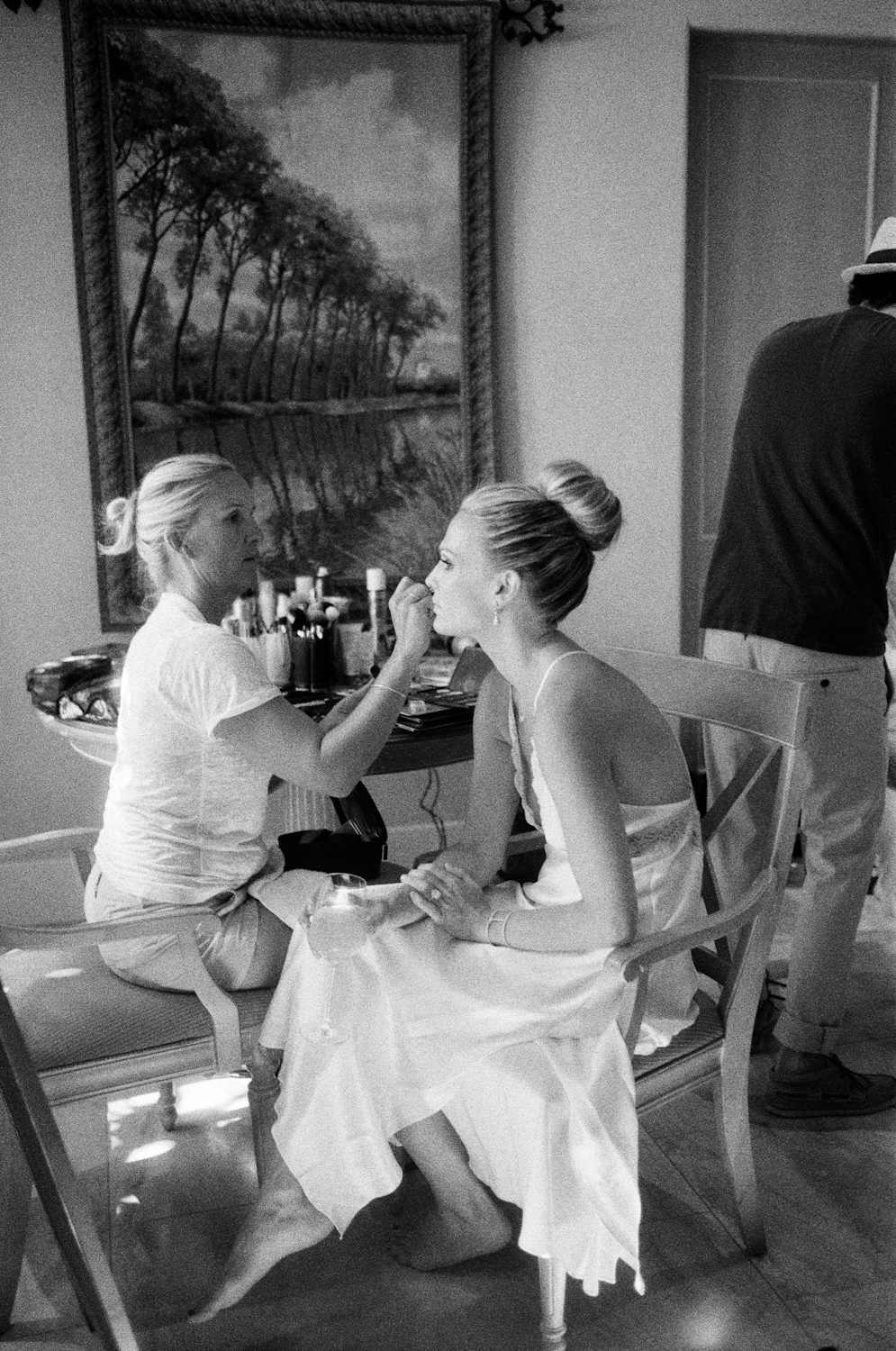
By Marissa DeSantis
Wedding season is officially upon us, and it’s working overtime to make up for all of the plans that were put on hold due to the pandemic. But even if you had to push back your wedding or scale-down on the guestlist, there are certain details—like selecting your dream bridal makeup—that never change. That’s where this guide comes in. Whether you’re looking for some bridal makeup inspiration or you selected your makeup for the big day months ago, we’ve got you covered.
Los Angeles-based celebrity and bridal makeup artist Mallorie Mason gives us an expert’s take on everything from the most popular wedding makeup looks to skincare tricks that will help your makeup last longer and essential products to have on hand for touch-ups.
Ahead, Mason answers all of your bridal makeup questions (including some questions you probably didn’t even know to ask!).
Most brides will opt to have their makeup and hair professionally done, and Mason recommends booking with your makeup artist eight months in advance (though she does note a recent increase in last-minute requests because of the pandemic). You’ll want to have your trial makeup done within six months of the wedding, which Mason suggests timing with another one of your events.
“Book your trial on the day of your engagement photos, engagement party, or bridal shower.
That way you see how it wears throughout the day and whether or not you like it.
You’ll also want to come prepared for your makeup trial with photos of what you like, and any of your own products that you’re set on using (Mason says foundation and lipstick are common picks). While you don’t need to have your entire look planned out, the more clarity you’re able to give about your preferences helps to ensure you’re happy with your makeup in the end.
“Bring photos of people who look similar to you,” Mason advises. “So that means if you’re fair with blonde hair and blue eyes, don’t bring a photo of Kim Kardashian. You can also mix and match pictures to show an eyeshadow you like from one and a lipstick from another, for example,” Masons says for brides who aren’t quite sure what they want yet. “Seeing it in a photo is always nice for reference because if you just say you like a peachy tone on the cheeks, your makeup artist might have a totally different peach color in mind,” she explains.
While bridal makeup looks tend to be more classic, Mason tells us that there are some factors that change. “I’ve been seeing a lot of smoky, bronzy eye makeup lately,” she says. “It’s not your typical bride, it’s more of a bohemian, modern look, and I love it with more of a nude lip and soft, peachy cheek.”
Mason’s other most-requested looks follow the traditional route, either focusing on a cat eye and bolder brow combo that suit any wedding or dress style, or a soft pink lip and matching cheeks that’s more classic bridal beauty.
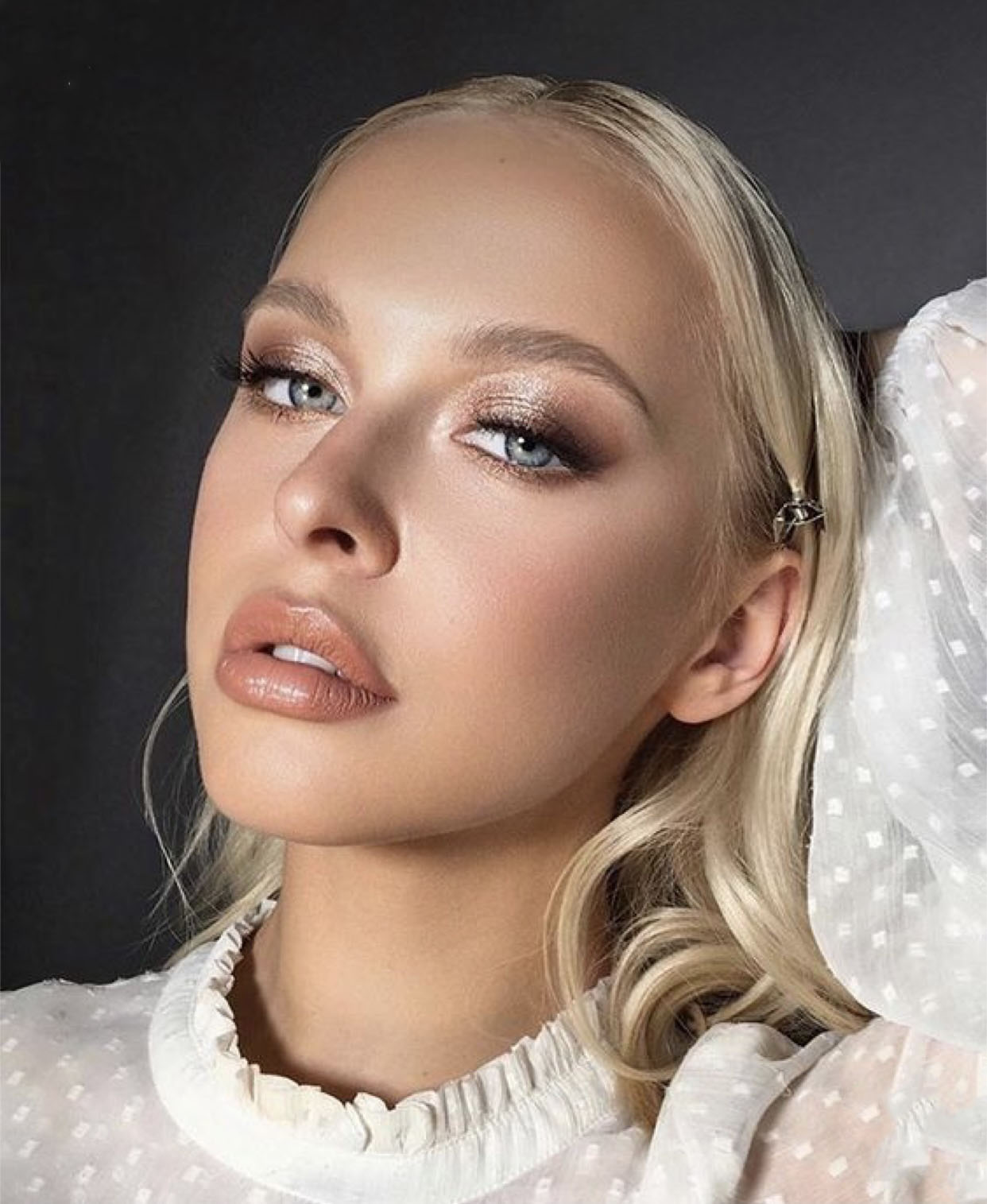
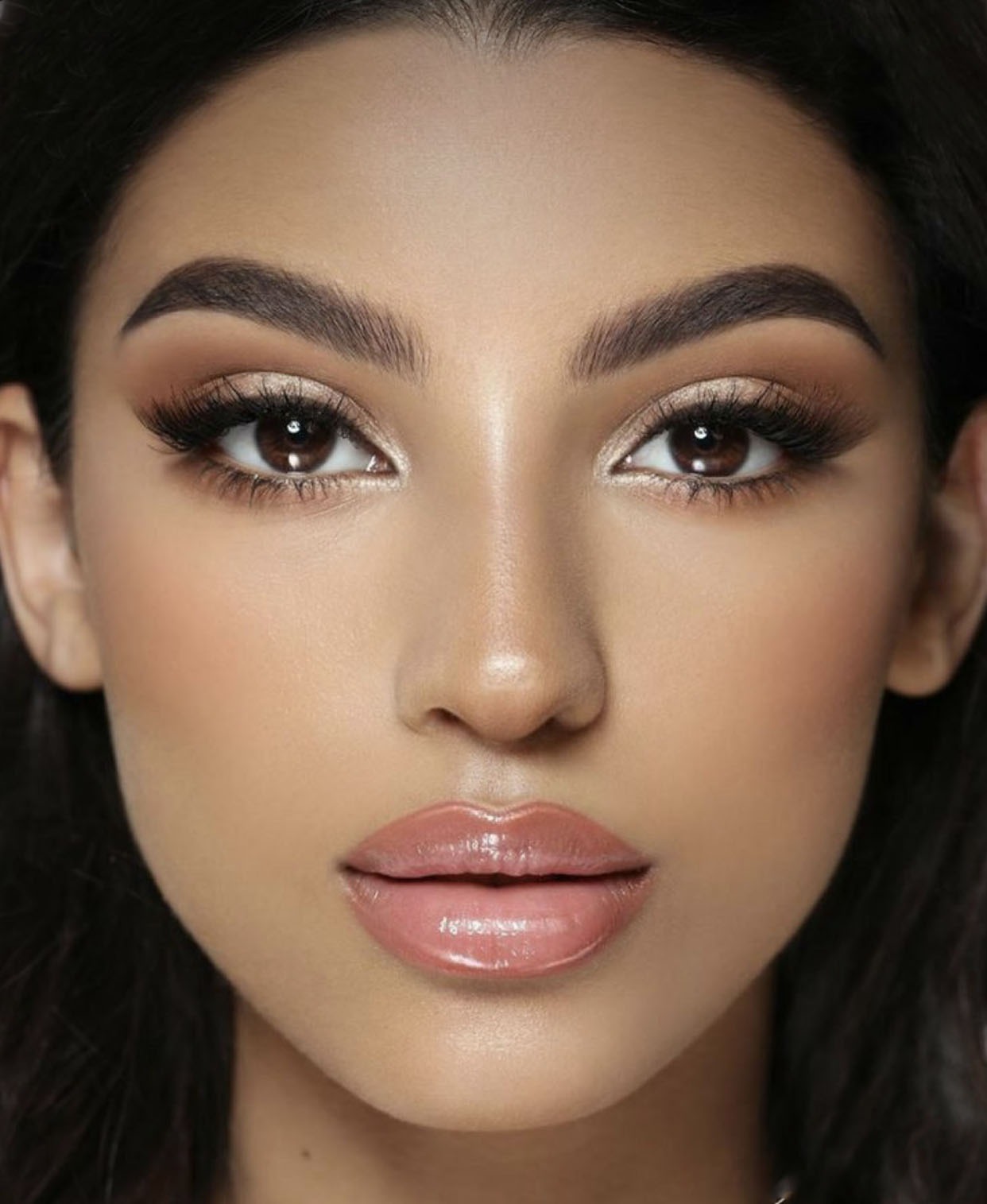
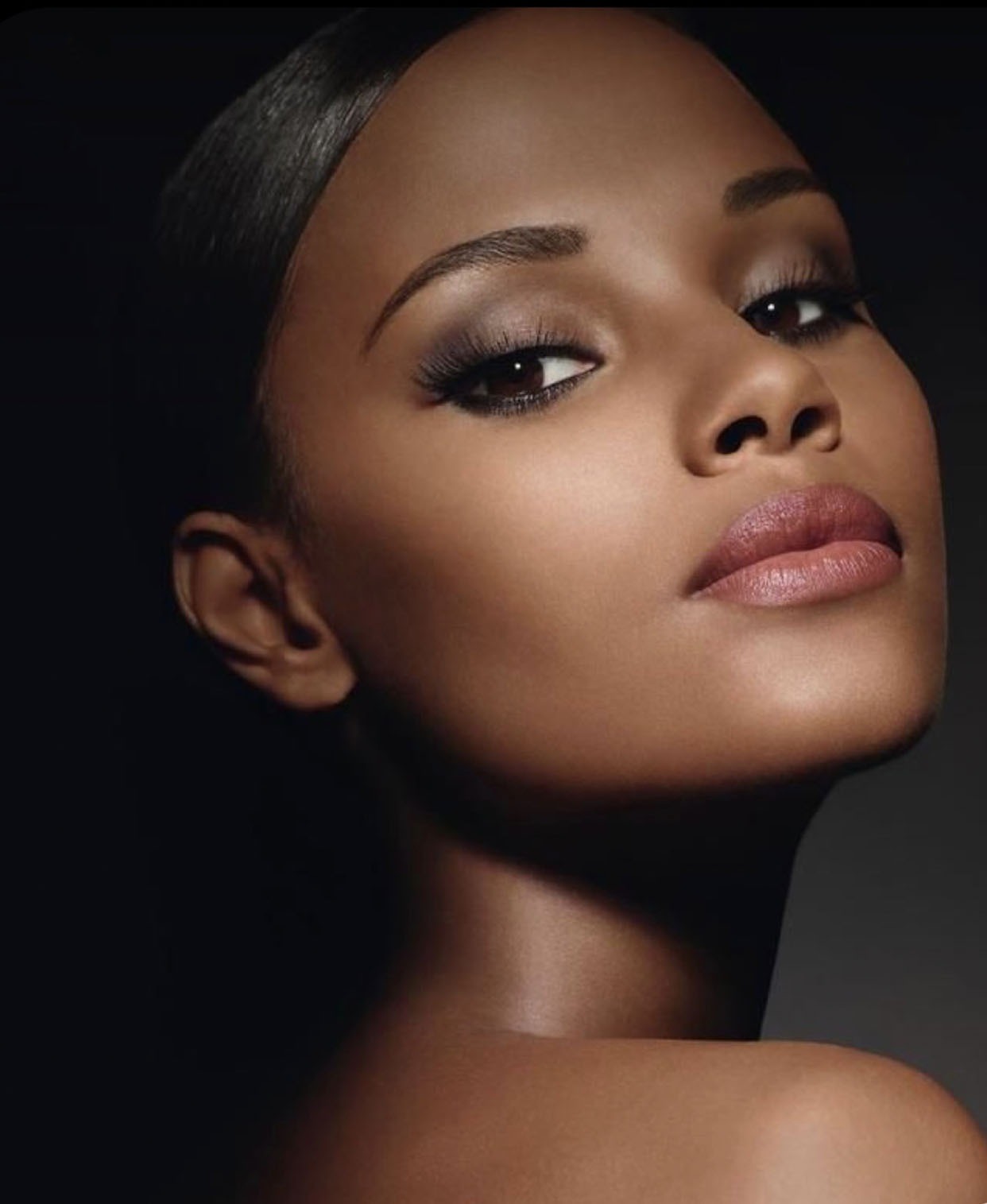
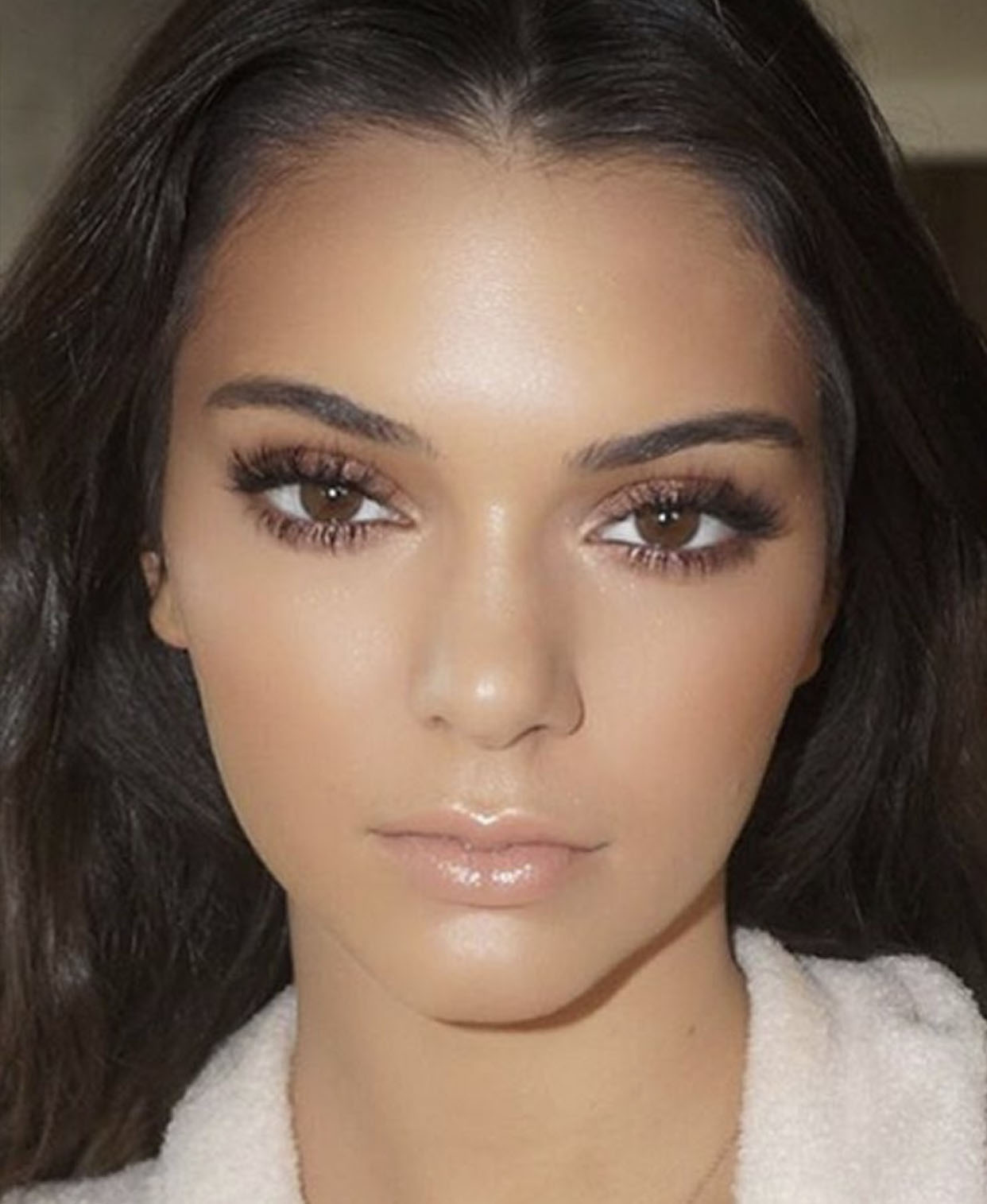
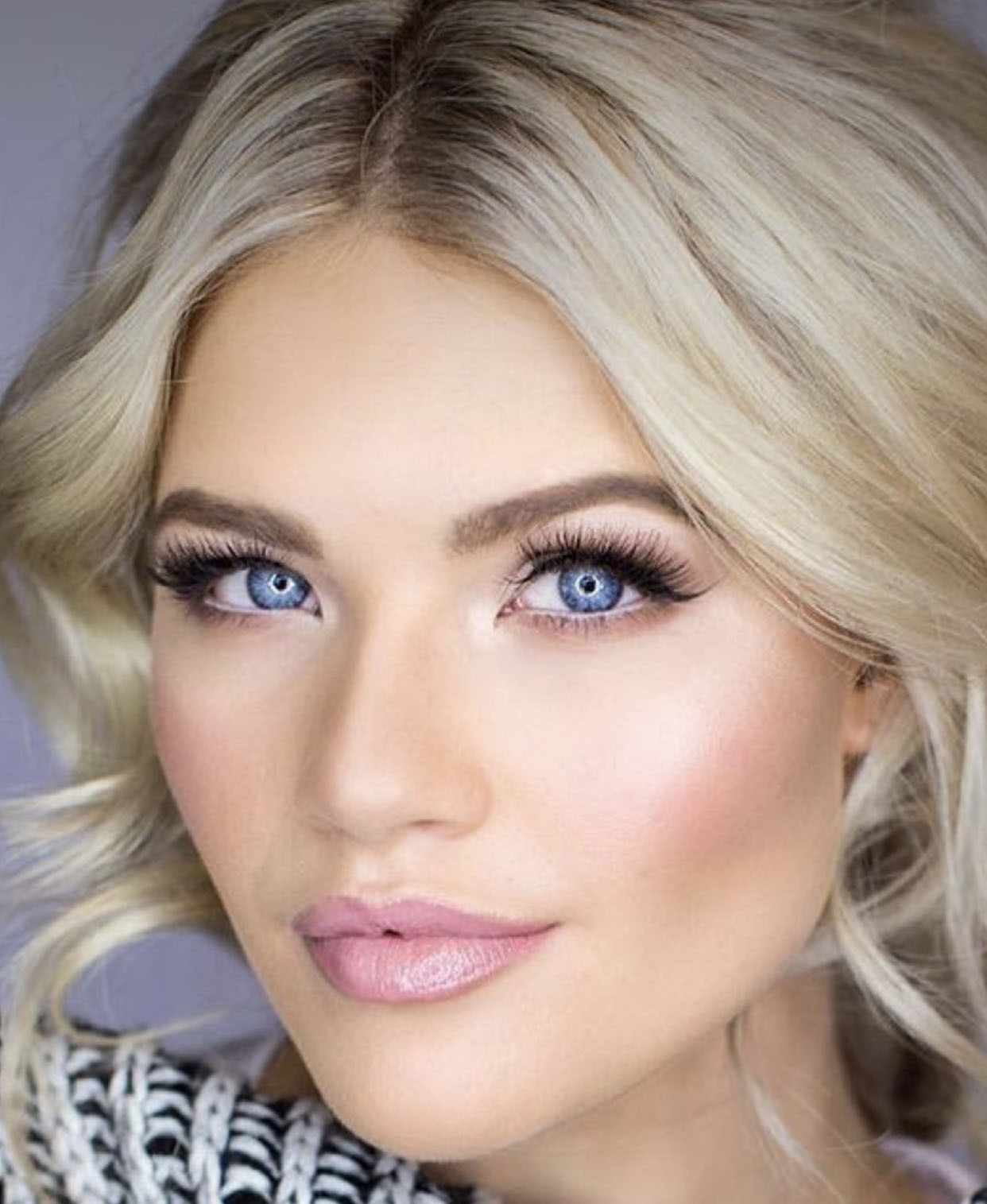
With over 15 years of professional experience, Mason is full of helpful tips (like using waterproof mascara and eyeliner, and properly prepping the skin with moisturizer and primer). But it’s her less commonly known advice on what to avoid that will help you look your best.
First up on Mason’s list is skipping the airbrush makeup. “One out of every five inquiries I get from brides is about airbrush makeup because they think it lasts longer,” Mason explains. “Let me clear this up, airbrush doesn’t mean the makeup is any better or longer-lasting, it just makes it heavier. It’s honestly too much makeup for an in-person event,” she stresses, adding that it also has a tendency to bubble up if you start sweating and streak if you cry.
“Your makeup artist should be talented enough to give you that poreless, flawless skin without airbrush makeup.”
Another common mistake Mason sees is using full strip lashes, which she notes can be overpowering and have a tendency to be uncomfortable or lift off the lashline as the night goes on. “I never recommend a full strip of lashes for brides unless they do wispies mixed with individuals,” Mason says. “Using individuals gives you full, fluffy lashes that look more natural as opposed to a heavy, sharp effect that full strip lashes can create.”
And lastly, Mason wants you to remember to fully blend your makeup so that it matches any skin that’s showing. “A lot of people forget to blend the makeup into the neck and the chest, which is especially important if you’re wearing a strapless or low-cut gown,” she says. “I like to add a highlighting cream that glows and blends in with the rest of the face and body,” she suggests.
You probably already have treatments like a facial or brow wax on your wedding to-do list, but Mason shares an ideal timeline for each so that you look your best—and no, it’s not cramming it all in the week of the wedding. “I always recommend brides start with hydration facials at least three months in advance,” Mason says. “Usually, you get a facial once a month, but to really see improvement by the wedding, you don’t want to wait to go just before.” Because healthy, hydrated skin helps makeup sit better (aka no creasing or settling into fine lines) and last longer, you can have your final pre-wedding facial the week of—as long as it’s strictly hydrating.
“Don’t do anything intense like peels, acids, or lasers,” she stresses.
Any facial hair removal such as a brow or lip wax should be done at least a week before the wedding to avoid signs of irritation, while a spray tan should happen closer to the day of the wedding. “If you’re getting married on a Saturday, have your spray tan done Thursday morning, but don’t wash it off until Thursday night,” Mason says, explaining that the second or third day of the tan is always the best. “You also don’t want your face to be tanned the same level as your body or it can get blotchy, especially if you’re fair,” she warns, adding that you’ll either want to go a few shades lighter on the face or skip the spray tan on your face altogether.
A timeline for getting ready is crucial on your wedding day, and Mason shares that you’ll want to consider a few things when coming up with your routine. “I think it’s always better for the bride to have their hair done first so the makeup is as fresh as possible,” she says. “I like to allow anywhere from 45 minutes to an hour for the bride because it’s the last time she’s going to be sitting and not doing anything for the rest of the day,” Mason says. “I want to have time to really prep the skin, plus I want to make sure that the bride feels special and not rushed.”
One more thing to keep in mind is where you’ll be getting ready. Not only is this important so that you have a place to comfortably sit and a table for your makeup to be set out on, but Mason notes that good lighting is key to getting the makeup just right.
“Always say no to the bathroom—makeup needs natural light,” she stresses.
And before you head down the aisle, you’ll want to make sure you’ve set aside a small makeup bag for touch-ups. “You want to have a setting spray, translucent powder (and a brush or powder puff to apply it), mascara, and your lipstick, lip gloss, or lip liner,” Mason says, noting that eye drops and Q-tips are also nice additions.